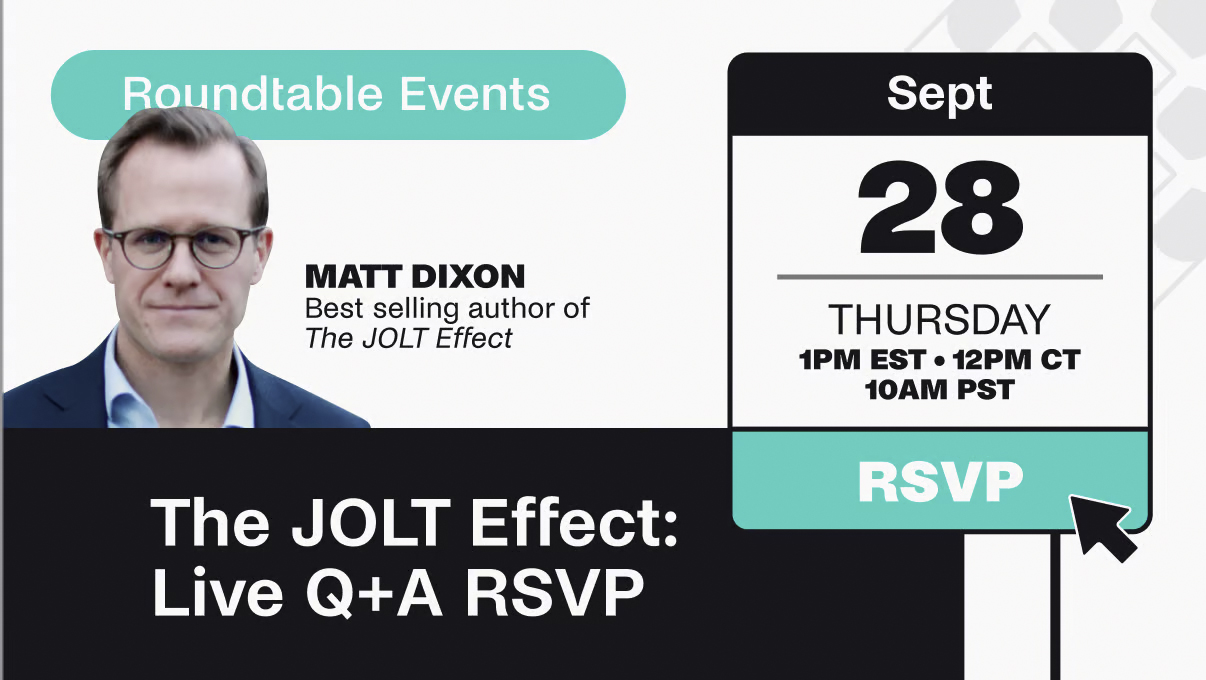In today's sales landscape, online interactions dominate, making it essential to establish and maintain strong relationships remotely—particularly when it comes to cultivating your champion.
But in this era of nonstop virtual meetings and overflowing inboxes, how do you cut through the noise to build real credibility?
As a relationship sales professional, I know how vital it is to identify your champion and establish rapport early on. That’s why I’ve come up with a few creative and tactical strategies for achieving this objective in a more remote-forward selling environment.


